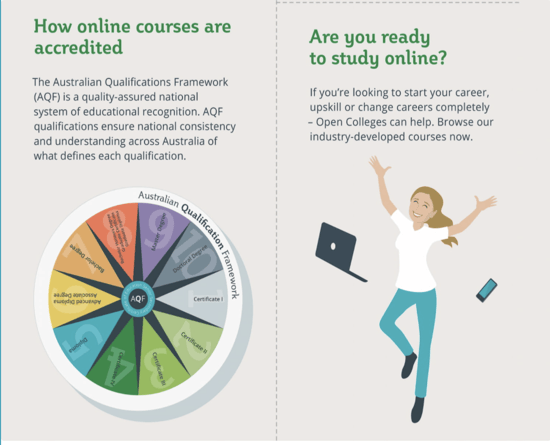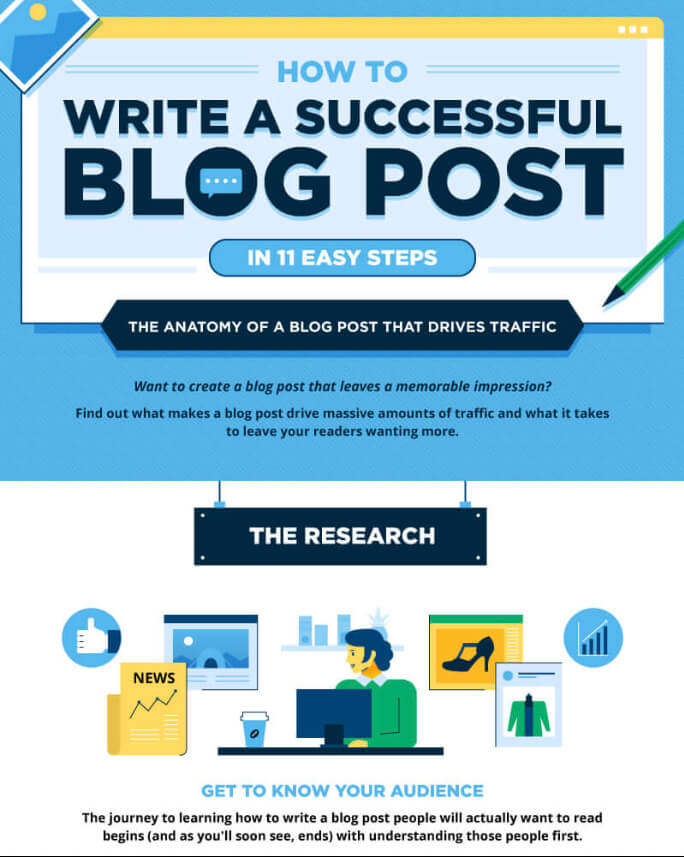Unlock the secrets to captivating blog posts with these 10 expert formatting tips – make your content stand out!

Image courtesy of via DALL-E 3
Table of Contents
Welcome to the world of blogging! Have you ever wondered what makes a blog post interesting and easy to read? Well, the secret lies in the way it’s formatted. In this article, we’ll explore the importance of formatting your blog post correctly and share some best practices to help you make your content engaging and enjoyable to read.
Why Formatting Matters
When you see a wall of text without any breaks or headings, it can be overwhelming, right? That’s why formatting is crucial. It helps readers navigate through your post easily and understand your ideas better. A well-formatted blog post keeps your readers engaged and interested in what you have to say.
What You’ll Learn
By the end of this article, you’ll learn how to organize your content, use headings and subheadings effectively, and add media like images and videos to enhance your post. These tips will not only make your blog post look more professional but also ensure that your readers have a pleasant reading experience.
Planning Your Blog Post
Before jumping into writing your blog post, it’s essential to have a plan in place. This helps you create a clear structure and ensures that your ideas flow seamlessly. Let’s explore the importance of planning and how it can benefit your blog post.
Creating an Outline
One of the first steps in planning your blog post is to create an outline. An outline acts as a roadmap for your writing, guiding you on what to include in each section. Start by jotting down key points you want to cover and organizing them in a logical order. This will help you stay focused and prevent your thoughts from becoming scattered.
Deciding on Key Points
When deciding on the key points to include in your blog post, focus on the most important information you want to convey. Consider what your readers would find valuable and prioritize those topics. By zeroing in on key points, you can ensure that your content is concise and engaging. This approach also helps you stay on track and prevents your post from becoming too lengthy or off-topic.
Using Headings and Subheadings
A heading is like a title for each section of your blog post. It tells readers what that section is all about. Headings are like guideposts that help them navigate through your post easily. When you use headings, it’s like giving your readers a roadmap to follow.
Using Subheadings
Subheadings are like smaller signposts within each section. They break down the content under each main heading into more specific parts. This makes it easier for readers to see the different topics you’re talking about in that section. Subheadings help organize your ideas and make your post more structured and easy to understand.
Writing Clear and Short Paragraphs
When it comes to writing a blog post, one key aspect that can greatly impact readability is the length and clarity of your paragraphs. Let’s dive into why clear and short paragraphs are essential for engaging your readers.
Why Short Paragraphs Work
Short paragraphs are like bite-sized pieces of information that are easier for readers to digest. When you break down your content into shorter paragraphs, you make it less overwhelming and more inviting to read. Imagine a dense block of text versus shorter, spaced-out paragraphs – which one would you prefer?
Tips for Clear Writing
Here are some simple tips for writing clearly and concisely:
- Use simple words that everyone can understand.
- Avoid long, complicated sentences that can confuse readers.
- Break down complex ideas into smaller, more manageable chunks.
By following these tips, you can ensure that your blog posts are not only easy to read but also enjoyable for your audience.
Incorporating Images and Media
When it comes to creating a captivating blog post, using images and media can take your content to the next level. Images and videos not only add visual appeal but also help in conveying your message effectively. Let’s dive into how you can incorporate images and media in your blog post.

Image courtesy of via Google Images
Choosing the Right Images
Images play a crucial role in grabbing the reader’s attention and enhancing the overall readability of your blog post. It’s essential to choose images that are relevant to your content and resonate with your audience. Select high-quality photos or graphics that complement your writing and help illustrate your points.
Adding Videos and Other Media
Adding videos, infographics, or other multimedia elements can make your blog post more interactive and engaging. Videos, in particular, are a powerful tool to explain complex topics or showcase demonstrations. Including different types of media can cater to various learning styles and keep your readers hooked.
Using Bullet Points and Lists
When you have a lot of information to share in your blog post, using bullet points and lists can help you present it clearly and concisely. Let’s dive into how these formatting tools can make your content more organized and easier to read.
When to Use Bullet Points
Bullet points are great for listing information in a way that is easy to scan and digest. Here are some instances when using bullet points can be beneficial:
- Presenting a step-by-step guide
- Highlighting key points or important information
- Comparing and contrasting different ideas
- Listing items or recommendations
Making Lists
Creating lists is a simple way to organize content in a structured manner. Here are some tips to help you make effective lists:
- Use clear and concise language for each list item
- Avoid cluttering your list with too many items
- Ensure consistency in formatting (e.g., using the same punctuation for each item)
- Group related items together to improve readability
Editing and Proofreading
Editing and proofreading are important steps in making sure your blog post is free of mistakes and looks polished. By checking for errors, you can ensure that your writing is clear and professional.

Image courtesy of via Google Images
Checking for Mistakes
When editing your blog post, look for spelling, grammar, and punctuation errors. Make sure to read through your post carefully and fix any mistakes you find. It’s also a good idea to check for consistency in formatting, such as using the same font size and style throughout your post.
Reading Aloud
One helpful tip for catching mistakes is to read your post out loud. This can help you identify awkward or confusing sentences that need to be rephrased. By hearing your writing, you can catch errors that you might have missed when reading silently.
Concluding Your Post
As you wrap up your blog post, it’s essential to leave your readers with a lasting impression. Here are some tips on how to conclude your post effectively:
Summarizing Key Points
Take a moment to summarize the main points you discussed in your blog post. This helps reinforce the key takeaways for your readers. By restating these points, you ensure that your message is clear and memorable.
Engaging Call to Action
End your post with a call to action that encourages your readers to take the next step. Whether it’s asking them to leave a comment sharing their thoughts, subscribe to your newsletter, or share your post on social media, a call to action can help deepen engagement with your audience.
By summarizing your main points and including a call to action, you can create a strong conclusion that leaves a lasting impact on your readers.
Want to turn these SEO insights into real results? Seorocket is an all-in-one AI SEO solution that uses the power of AI to analyze your competition and craft high-ranking content.
Seorocket offers a suite of powerful tools, including a Keyword Researcher to find the most profitable keywords, an AI Writer to generate unique and Google-friendly content, and an Automatic Publisher to schedule and publish your content directly to your website. Plus, you’ll get real-time performance tracking so you can see exactly what’s working and make adjustments as needed.
Stop just reading about SEO – take action with Seorocket and skyrocket your search rankings today. Sign up for a free trial and see the difference Seorocket can make for your website!
Frequently Asked Questions (FAQs)
How long should my blog post be?
Your blog post should ideally be long enough to cover the topic thoroughly but concise enough to keep the reader engaged. A good rule of thumb is to aim for around 600-1000 words for a standard blog post. This length allows you to provide valuable information without overwhelming your readers.
What’s the best way to use images?
When adding images to your blog post, choose visuals that are relevant to your content and enhance the reader’s understanding. Use high-quality images that are clear and visually appealing. Additionally, don’t forget to add alt text to your images to improve accessibility and search engine optimization.







